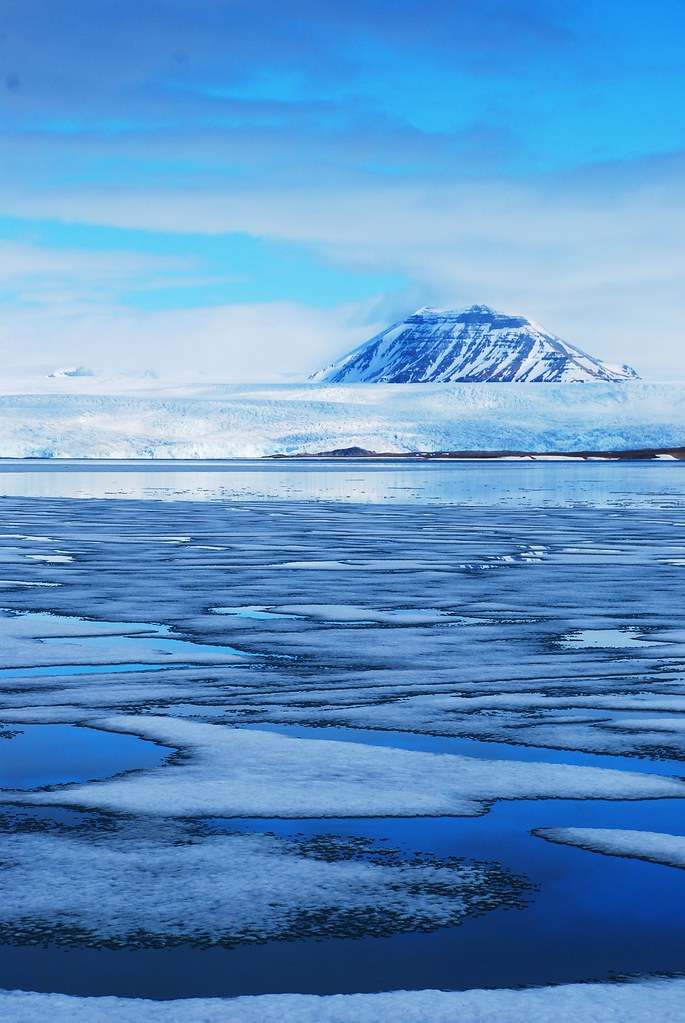Think of the Arctic Circle and your mind may wander to a land far removed from your own, one that is bitterly cold, near inhospitable and shrouded in darkness for part of the year. While the concept of round-the-clock night, or sunshine for that matter, may seem strange to many, it is possible for travelers to experience the polar night for themselves. So, join us from the comfort of your armchair as we venture to the northernmost reaches of the globe, and are plunged into darkness on the Norwegian archipelago of Svalbard.
The Phenomenon and Experience of Polar Night in Svalbard
The onset of polar night in Svalbard is a phenomenon that captivates and intrigues. With Svalbard being so close to the North Pole, both polar day (midnight sun) and polar night are accordingly extreme, and preside as one of the defining experiences of traveling to these high latitudes in the right seasons. The polar night is extant in Longyearbyen, Svalbard’s main settlement, from about 28 October to 14 February. During this period, the sun never once rises above the horizon. Despite the darkness, visibility can be surprisingly good in bright weather – thanks to the clear Arctic air and the reflecting white snow on much of the terrain, which together facilitates shorter hiking excursions by starlight.
The round-the-clock dark sky is also perfect for catching the northern lights. You may catch sight of the aurora with clear weather even at midday, which is hardly possible in more southerly regions. Equally spectacular light can come from the luminescent clouds in the high atmosphere, which are effectively restricted to high polar regions. Thanks to this effect, the polar night is a true highlight of Svalbard’s Northern Lights Winter season as it makes it possible to see northern lights even in the middle of the day if one is lucky!

Life and Adaptation during Polar Night in Svalbard
Life Kit It’s hygge season: How to embrace the Danish lifestyle of rest and coziness. The cozy indoor activities are also a draw. Norwegian has a word for it: koselig (pronounced KOOSH-lee). It’s the Norwegian equivalent of Denmark’s hygge, which means cozy. “The tempo maybe goes down an inch, and you have the option to light your candles inside and maybe read a book, maybe you have a wood burning stove,” said Hilde Fålun Strøm, an Arctic explorer and citizen scientist.
Travel during the polar night in Svalbard is a unique experience. As practically everything is closed over the Christmas holidays in Longyearbyen – including accommodation and the shops – the best period for experiencing true polar night is over New Year. Plan in good time and aim to spend at least a week in order to experience the different climatic variations and to increase the chance of having periods of good weather. Temperature-wise, anything can be expected from below –25°C to above 0°C, with the most important factor affecting the temperature being the wind. Nevertheless, mass tourism has yet to discover the polar night fully, and the New Year is a pleasantly quiet time for experiencing this unique period.

The eventual break of dawn in Longyearbyen is celebrated as one of the main annual festivities – Soldagen, or the Sun Day. Mathematically speaking, the polar night should end in mid-February. But due to high mountains to the south of the town, the actual rays of the sun do not reach much of the settlement before March. This transition period, as the polar night gradually draws to an end, is marked by a last round of its famous “blue hour” lights to color the landscapes in beautiful colors before the sun returns from its dark season vacation.
Svalbard’s inhabitants have adapted to this unique environment in fascinating ways. On Svalbard, a cluster of islands between Norway and the North Pole, people wear headlamps day and night for two-and-a-half months of the year. They travel in pairs outside their village and carry flare guns to ward off the polar bears. This adaptation to the dark and cold environment underscores the resilience and ingenuity of the human spirit.
Visiting Svalbard during the dead of winter, during the polar night, offers an unparalleled adventure that blends the harshness of the Arctic environment with the ethereal beauty of its landscapes. The darkness of the polar night is not a time of gloom but a season of wonder, filled with the possibility of witnessing the northern lights, the magic of the moon, and the coziness of koselig. It’s a reminder of the beauty that can be found in the most unexpected places and the resilience of both nature and humanity.
Related posts:
People here live in complete darkness for 2.5 months. Here’s how they do it
Plunged into darkness: polar night in the Arctic Circle
Visiting Svalbard in Winter | How to Get to Svalbard & Travel Info





